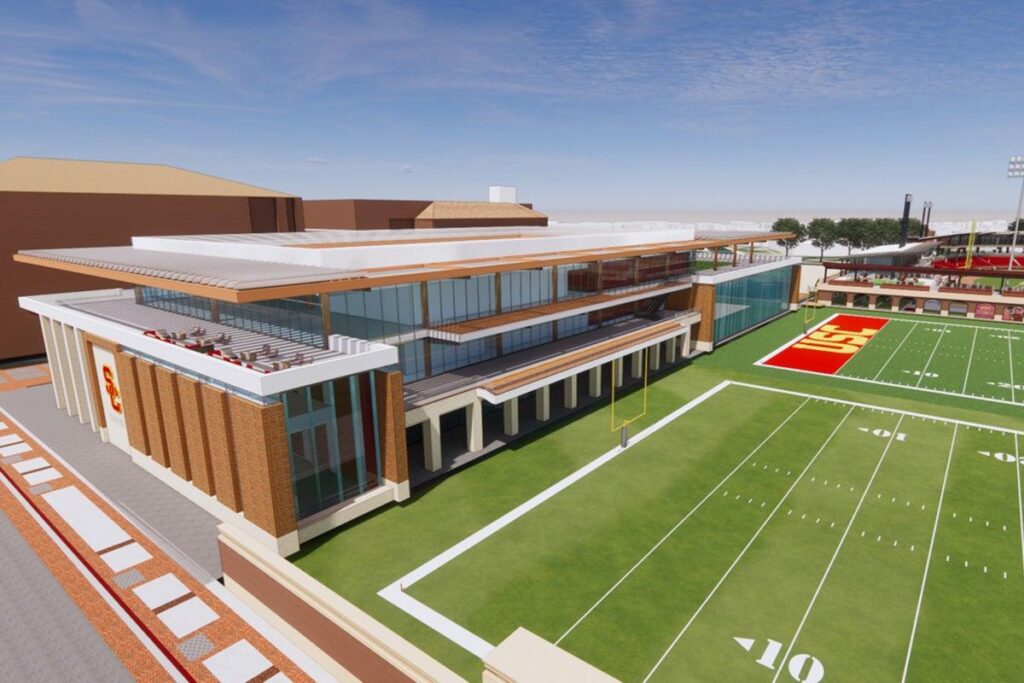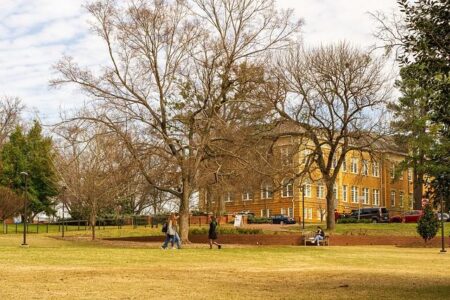The ongoing transformation of athletic complexes across Central New York is poised to inject $20 million in economic growth into the region, according to local economic development experts. In this guest opinion, Danny Liedka explores how these revamped facilities are not only enhancing the athletic landscape but also driving substantial financial impact, attracting visitors, creating jobs, and boosting community investment. As the upgrades reach completion, stakeholders anticipate a revitalized sports infrastructure serving as a powerful catalyst for sustained regional prosperity.
Revitalizing Regional Sports Infrastructure to Boost Economic Growth
Investment in upgraded athletic facilities across Central New York is poised to serve as a catalyst for significant economic expansion. These revamped complexes will not only attract regional and national sporting events but also ignite increased tourism and local business growth. Key areas benefiting from this revitalization include hospitality, retail, and transportation sectors, which stand to see a sharp uptick in revenue as visitors flock to the area for competitions and community activities alike.
Beyond immediate financial gains, the infrastructure enhancements are designed to improve community health and youth engagement, fostering long-term social benefits. The strategic deployment of funds emphasizes:
- Modernized facilities that meet NCAA and professional standards
- Enhanced accessibility to ensure inclusivity for all athletes and spectators
- Community integration by hosting local leagues and educational programs
| Benefit | Projected Impact |
|---|---|
| Job Creation | 450+ new roles in construction & event management |
| Local Business Revenue | 25% increase during event seasons |
| Tourism Boost | Up to 30,000 new visitors annually |
Community Engagement and Long-Term Benefits of Athletic Complex Upgrades
The renovation of athletic complexes goes beyond just physical improvements; it fosters a deeper connection between the facilities and the local community. By creating accessible venues for youth leagues, local clubs, and public events, these upgrades serve as a catalyst for increased community participation and pride. Schools and community organizations will benefit from enhanced spaces that encourage healthy lifestyles and provide inclusive opportunities for all ages and abilities. This level of engagement not only promotes social cohesion but also stimulates local businesses through increased foot traffic during events and daily activities.
Furthermore, the long-term economic advantages of upgraded athletic complexes are substantial. According to recent projections, the infusion of $20 million into Central New York’s economy will support job creation, boost tourism, and increase property values in surrounding neighborhoods. Below is a snapshot of the projected community benefits:
| Benefit | Impact |
|---|---|
| Job Creation | 150+ new positions in construction, management, and services |
| Tourism Boost | 10% increase in visitors for regional sporting events |
| Local Business Growth | Enhanced revenue for restaurants, hotels, and retail outlets |
| Property Value Increase | Up to 8% rise in nearby residential and commercial real estate |
Strategic Investment Priorities to Maximize Return on Development
Maximizing growth through the redevelopment of athletic complexes requires a focused approach that balances community needs with economic potential. Prioritizing investments in infrastructure upgrades, technology integration, and enhanced fan experiences will position Central New York as a regional leader in sports tourism. Stakeholders should emphasize sustainable design and accessibility to ensure long-term use while attracting a diverse range of events and visitors.
Key areas of focus include:
- Modernized facilities that meet NCAA standards and regional league requirements
- Smart technology installations such as mobile ticketing and real-time analytics for operational efficiency
- Community engagement programs to increase local participation and maximize public support
- Strategic partnerships with businesses and educational institutions to boost event frequency
| Investment Area | Potential Impact | Projected ROI |
|---|---|---|
| Facility Modernization | Enhanced Venue Appeal | 6x |
| Technology Integration | Operational Efficiency | 4x |
| Community Programs | Increased Engagement | 3x |
| Corporate Partnerships | Event Expansion | 5x |
Enhancing Accessibility and Sustainability in Future Athletic Projects
Future athletic developments in Central New York are set to prioritize both inclusivity and environmental responsibility. Incorporating universal design principles, new complexes will feature barrier-free entrances, tactile wayfinding, and adaptive sports equipment to ensure that every athlete and spectator enjoys a seamless experience. This progressive approach not only aligns with the Americans with Disabilities Act (ADA) standards but also fosters a community spirit where diversity and participation thrive.
Moreover, sustainable construction techniques and green technologies will be at the forefront of these projects. From energy-efficient LED lighting and solar panel installations to water recycling systems and native landscaping, the focus is on minimizing ecological footprints while reducing long-term operational costs. The integration of these elements is expected to contribute significantly to the region’s economic vitality while setting a benchmark for future athletic infrastructure nationwide.
- Universal access ramps and elevators for ease of mobility
- Solar-powered lighting systems to reduce energy consumption
- Rainwater harvesting for irrigation and facility use
- Sustainable building materials sourced locally
| Feature | Benefit | Projected Impact |
|---|---|---|
| Adaptive Sports Zones | Inclusive participation | +15% increase in user engagement |
| Solar Panels | Energy savings | Reduce costs by $150K annually |
| Water Recycling | Resource conservation | Cut water usage by 30% |
Wrapping Up
As Syracuse and the greater Central New York region look ahead, the $20 million investment in revamped athletic complexes signals more than just upgraded facilities-it represents a strategic push toward economic growth and community revitalization. With these developments poised to attract events, boost local businesses, and enhance quality of life, stakeholders remain optimistic about the lasting impact on the region’s financial and social landscape. As efforts move forward, close attention will be paid to how these athletic hubs contribute to Central New York’s broader ambitions for progress and prosperity.





